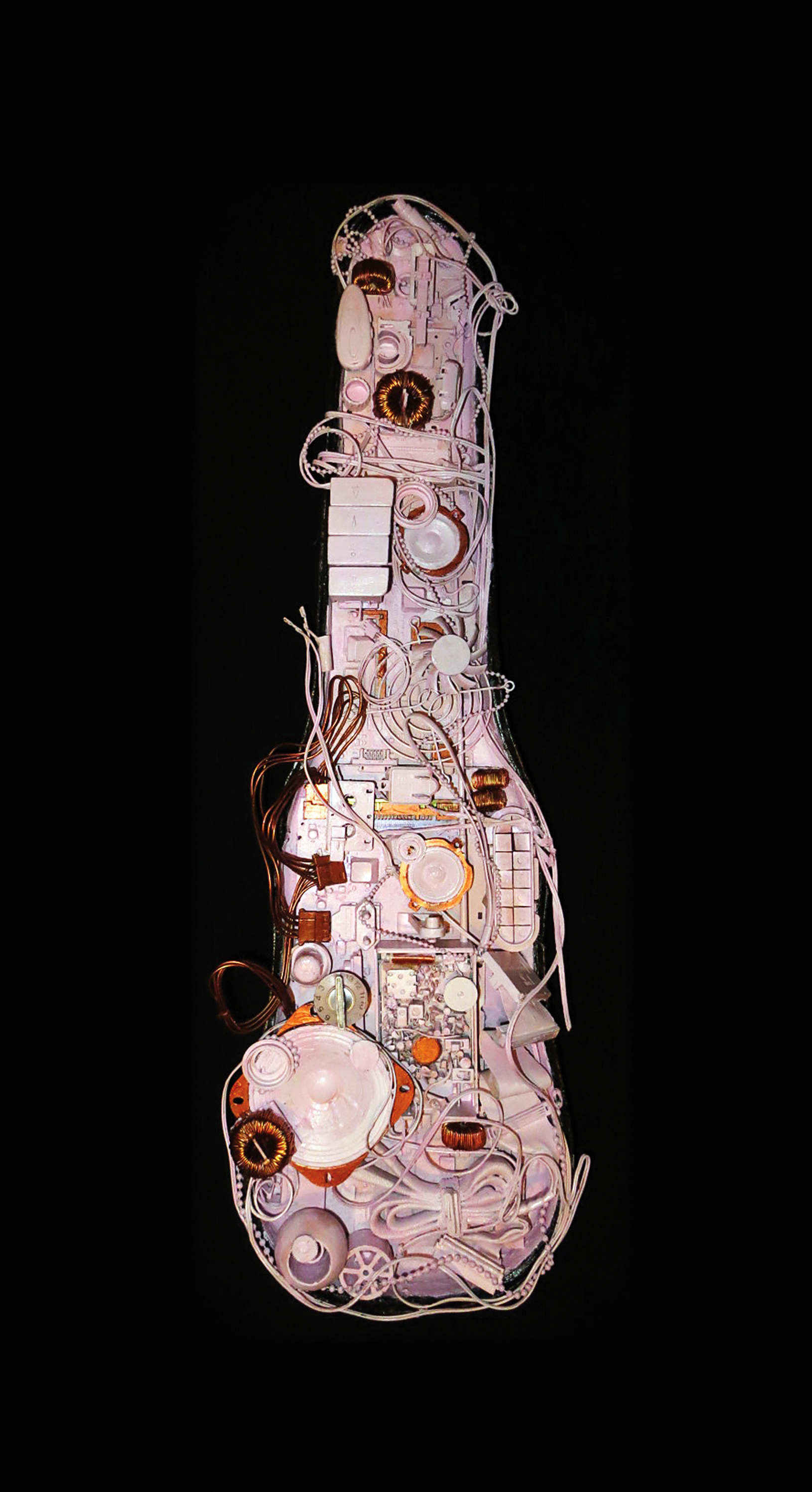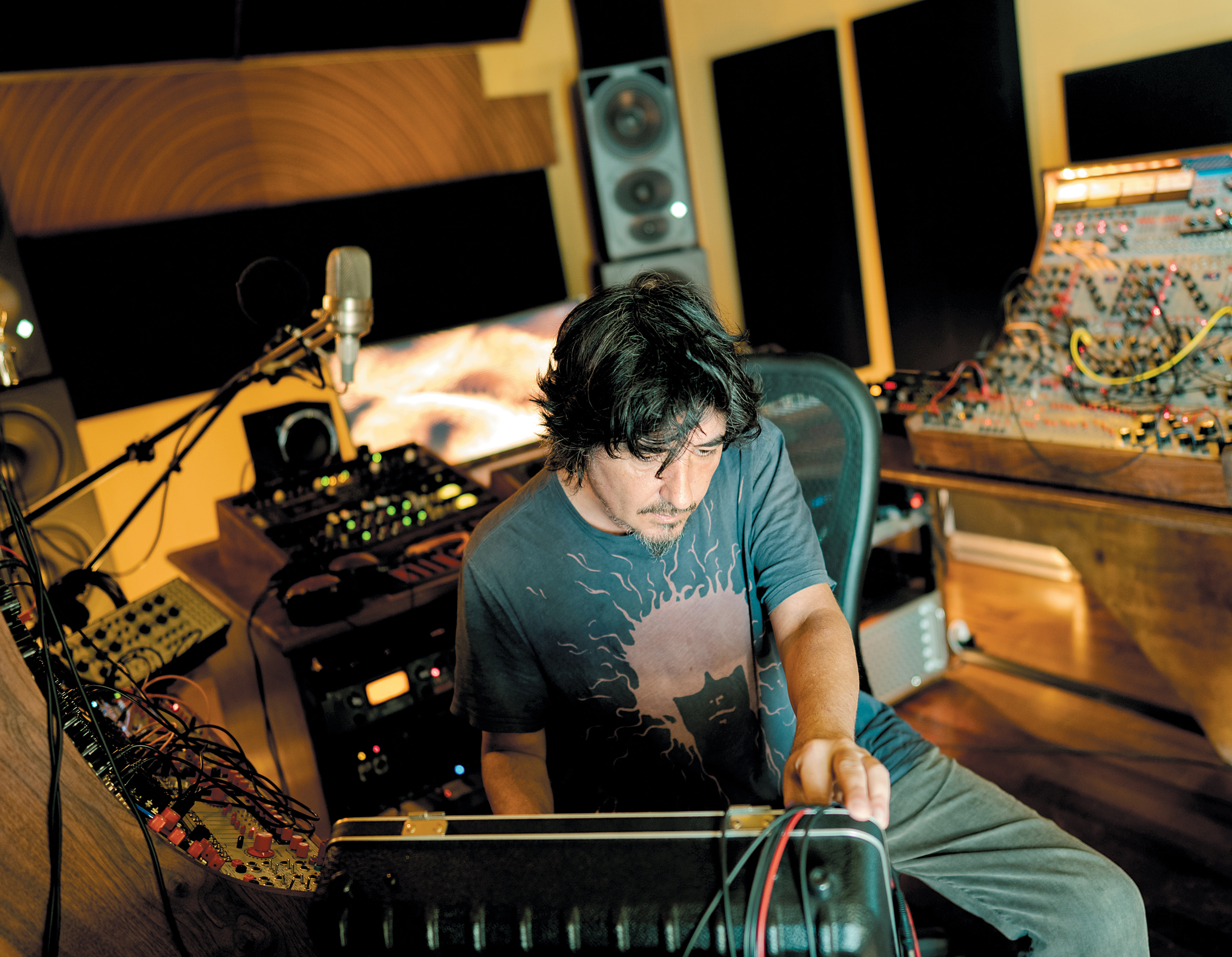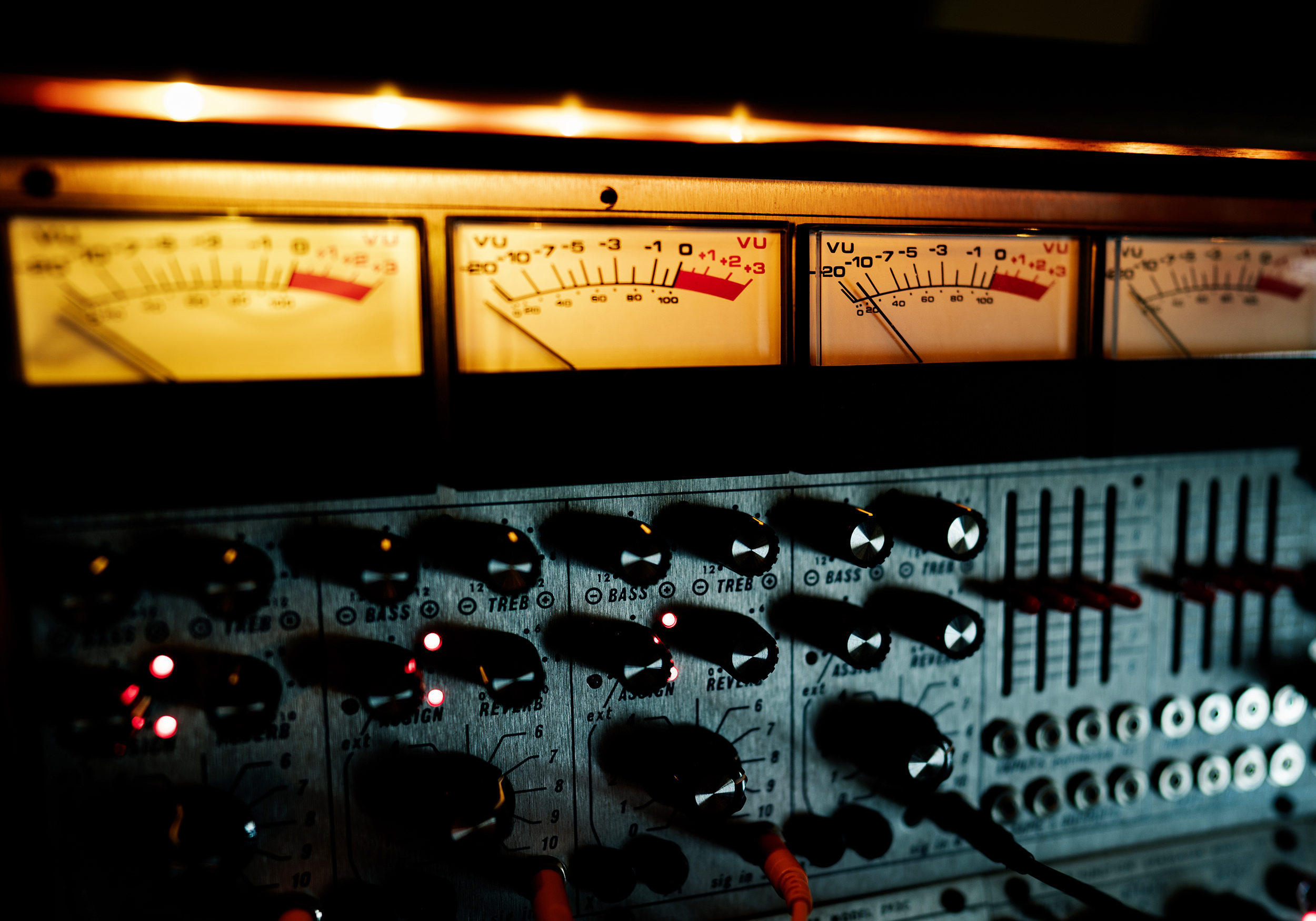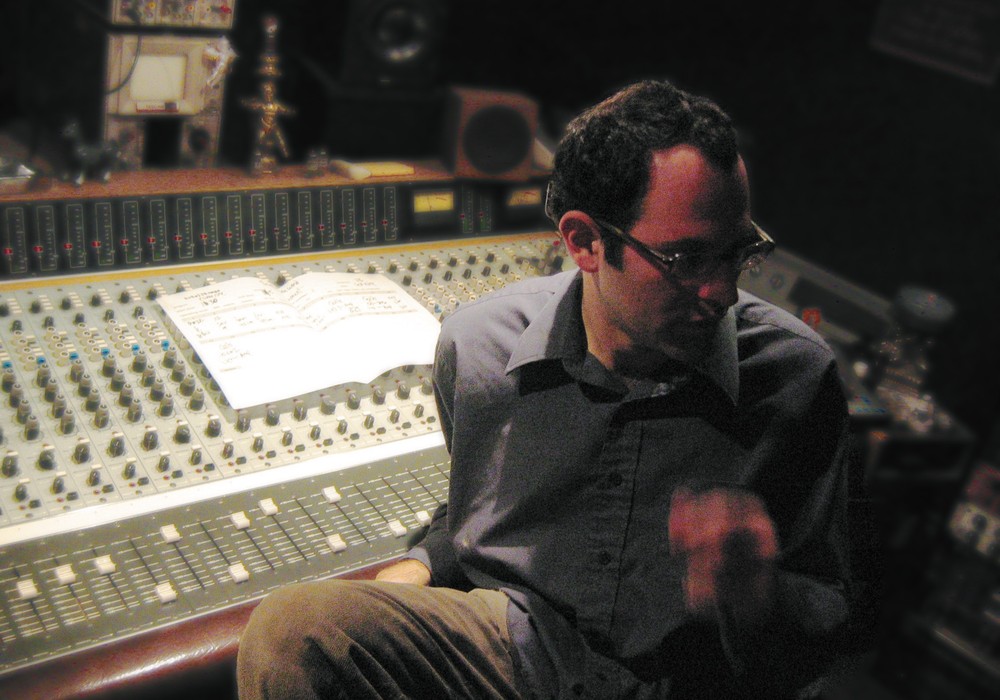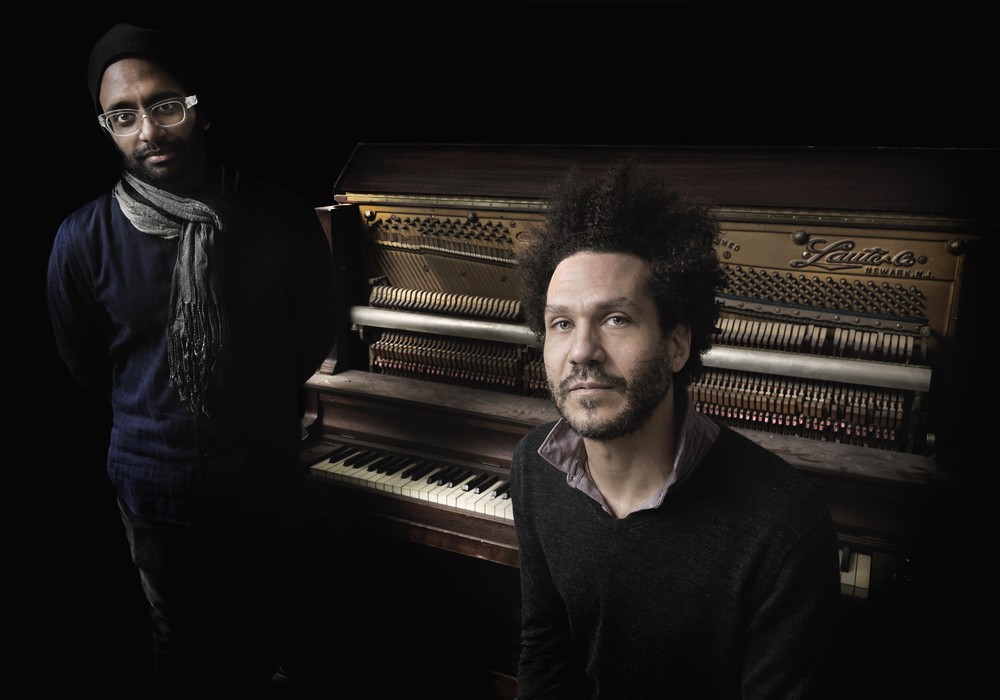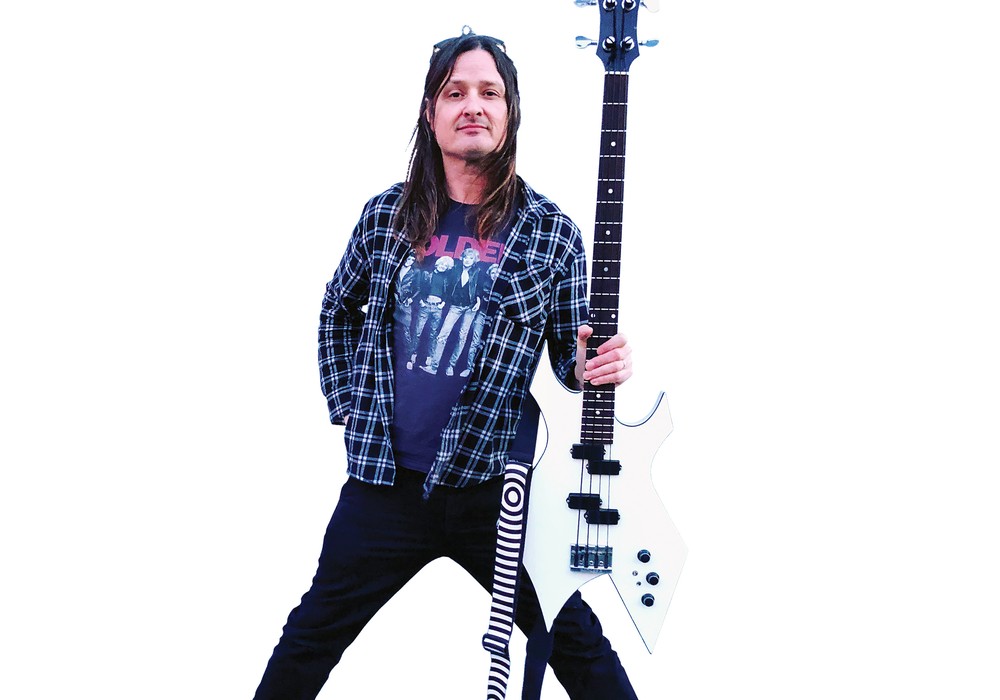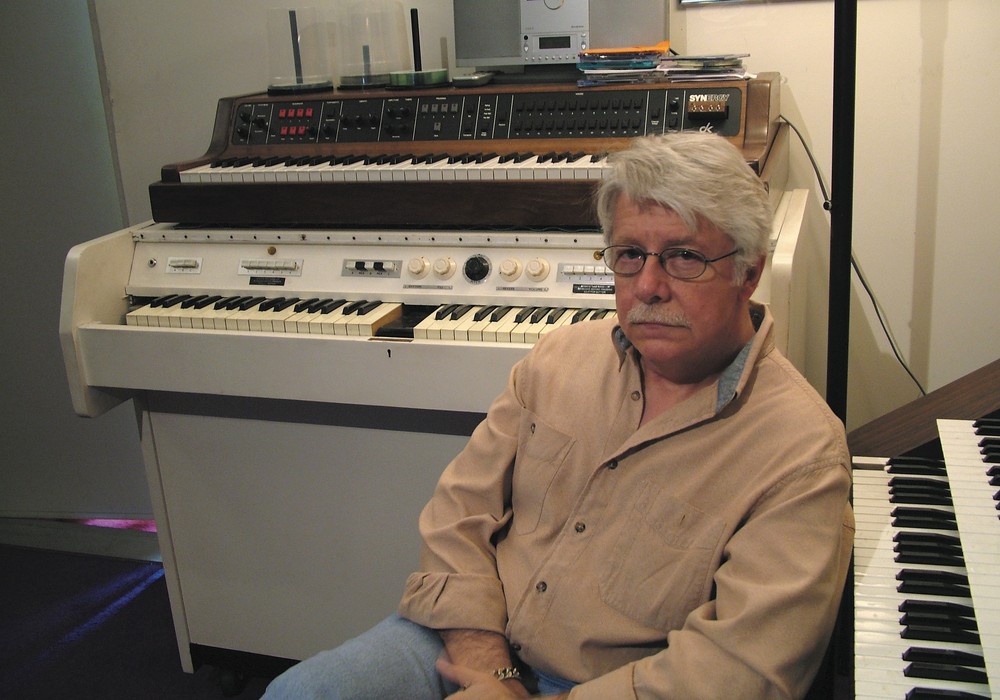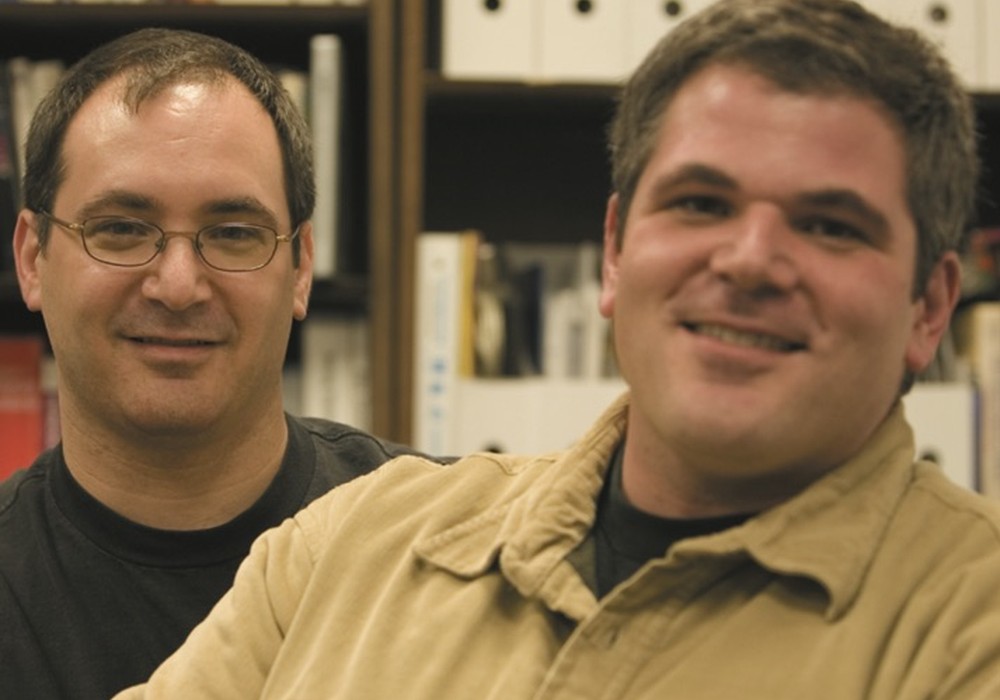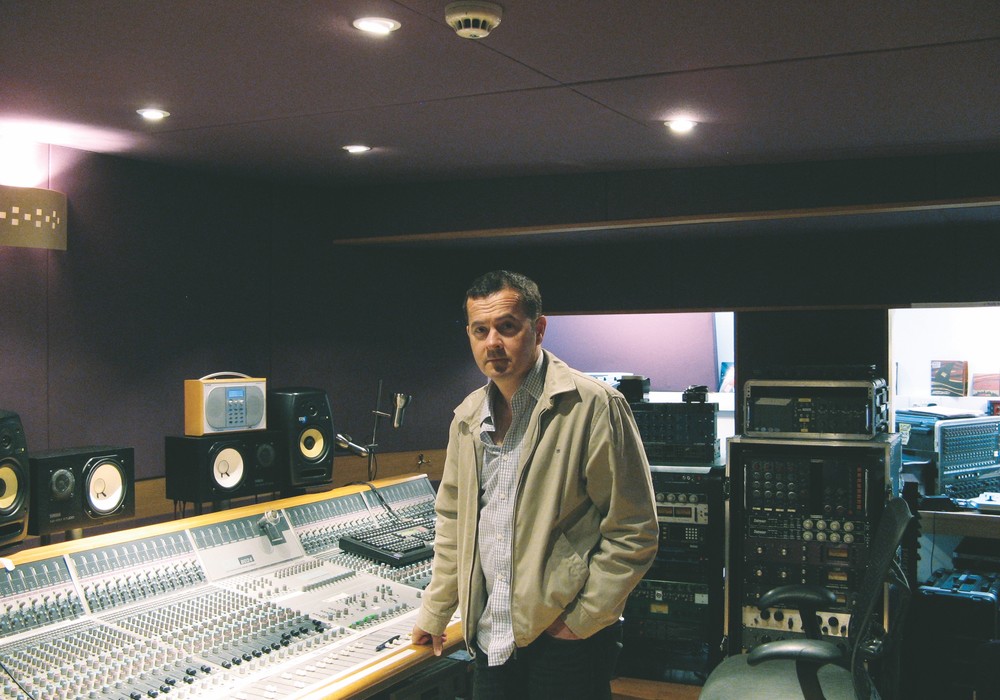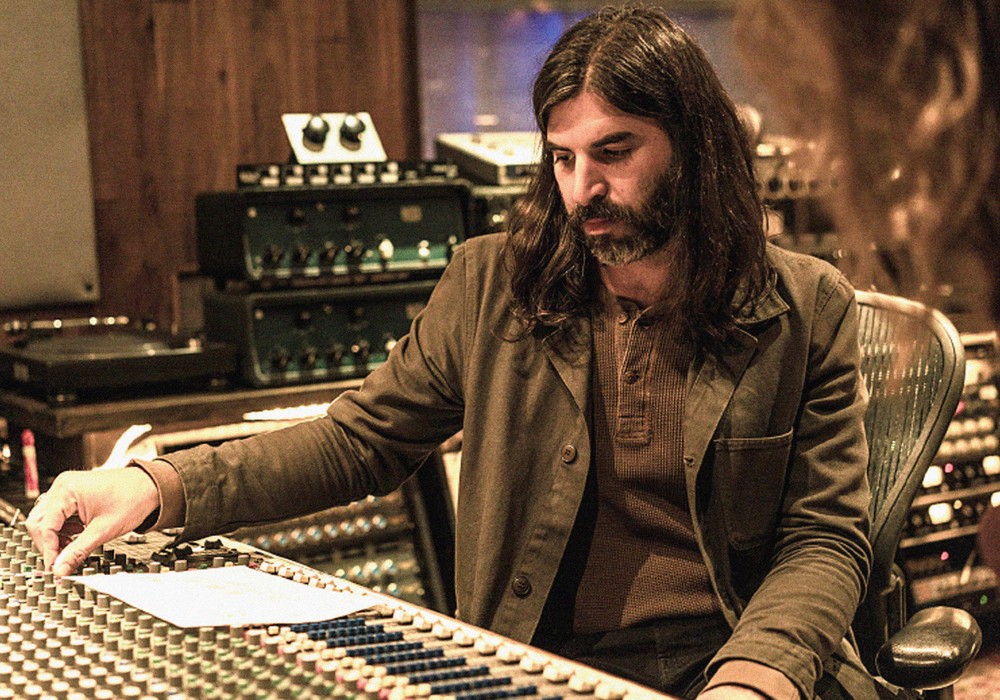One of electronic music’s prevailing visionaries; Amon Tobin began producing in the south coastal town of Brighton, England, debuting with the album Bricolage in 1997 – a seamless union of downtempo jazz/jungle fusions. It was the beginning of a career defined by a past-meets-future aesthetic, deliberating on the nature of composition itself. Pioneering albums such as Out from Out Where, Foley Room and ISAM were prime examples of Tobin decontextualising the listener’s preconceived ideas of how electronic music is made – building sound sculptures to both confound and inspire. Tobin’s latest album, released under the moniker Figueroa, is no exception. Following his recent rock-oriented Only Child Tyrant project, the Brazilian-born protagonist ghosts reality once more, building acoustic architectures entirely from electronic foundations. An astonishingly seamless emulation of psychedelic folk, The World as We Know It is another of Tobin’s mischievous deceptions, where the familiar and non-familiar are indivisible, leaving the listener perplexed yet engaged.
Production can be a very insular activity, so for some producers being quarantined is business as usual. How’s it been for you?
I’m definitely one of the lucky ones. I don’t get out much to begin with, so on a day-to-day basis I’m certainly not as affected as most people. I’m trying to be positive and keep my head down. In general, I’m feeling very motivated. When producers are making music we’re all affected by what’s going on around us, but it’s not always clear to see. I’ve spent the last ten years fully developing a series of different monikers, so what I’m releasing now has been worked on for practically a decade.
Some artists deliberately induce anxiety to feed their creativity. Is that something you’ve ever wrestled with?
I’m not into meditation, but, for me, making music is as close to a meditative state as I’ll get. What I find interesting is not being too precise, as well as letting things influence me that aren’t at the front of my brain. That can be useful. I’ll go to great lengths to have a very inconvenient process, where I’m trying not to get a full grasp on any piece of equipment I use. That enables me to be in a state of discovery, where I’m interacting with an instrument in a very fluid way. As soon as I feel I’ve got a full handle on something, it becomes more of a tool and less of an instrument.
Do you believe that’s easier for electronic artists as the tools they’re using typically invite experimentation in ways that being in a rock band wouldn’t?
I feel that a lot of electronic production deals in the “world of the contrived,” where you’re very exacting. What’s useful is to inject a sense of spontaneity into that by not being over-controlling. The most useful state for me is to have a framework that I build, but within that there will be lots of play and spontaneity. On the one hand I can squeeze the life out of what I’m doing, and on the other still be entirely free-form.
Do you create structure out of abstraction, or the reverse?
I love the idea of working inside narrow parameters and structure provides that, but structure needs to allow for spontaneity in order to be interesting. Creativity is born out of trying to escape the parameters you have. I always think of scratch DJs who, back in the day, would use very rudimentary equipment, but the creativity was in how they escaped the confines of that gear to make incredible music.
Your recent Only Child Tyrant project was steered more towards the rock music aesthetic. Were you looking to make something that had more of a direct impact?
A project like Only Child Tyrant is running in parallel to Two Fingers as well as my own releases, so it’s not like I got tired of a certain genre of music. But you’re right that the focus was on immediacy. The idea was to have very upfront elements, in terms of melody and the production. There isn’t any of the weird sound design elements that people associate with me, but it’s still electronic. Whether it’s Only Child Tyrant or the latest Figueroa record that I’m putting out – that sounds very acoustic – it’s all programmed, made with synthesisers and some degree of VST [Virtual Studio Technology]. The overlap between all of these projects is that they’re different expressions of the same tools.
So with Child Tyrant you deliberately refrained from taking a perfectionist approach?
Yes, and that was a conscious decision. Child Tyrant’s a great example because the production is quite rough, unpolished, and...
